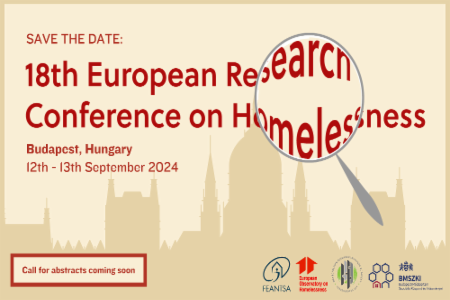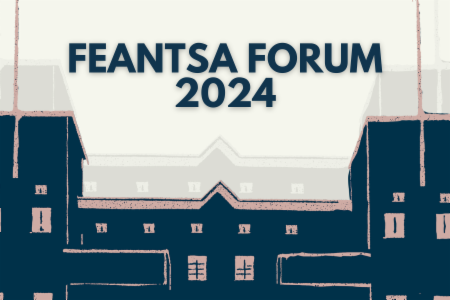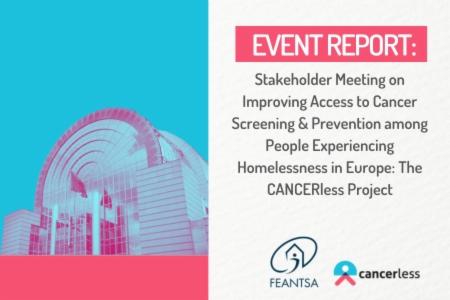“Next Generation EU”: Will the Recovery and Resilience Facility help address homelessness and housing exclusion in the EU?
Download the full statement here (PDF)
This analysis looks at whether and how the Member States (MS) of the European Union (EU) plan to use the money made available to help the EU recover from the Covid-19 crisis to address homelessness and housing exclusion.
Homelessness and housing exclusion are acute social problems in the EU. They are priorities in the EU’s social policy agenda, particularly the European Pillar of Social Rights (priority 19) and the recently launched European Platform on combatting Homelessness. COVID19 has brought housing to the fore as a social determinant of health. It has highlighted the extreme vulnerability generated by homelessness. The Recovery offers a unique opportunity to “build back better” and invest in solutions.
NextGenerationEU is an €800 billion temporary stimulus package created by the European Union to help the Member States repair the immediate economic and social damage caused by the coronavirus pandemic. This programme is divided in two categories of fundings: The Recovery and Resilience Facility (RRF) and the Recovery Assistance for Cohesion and the Territories of Europe (REACT-EU). RRF, is the centrepiece of NextGenerationEU, with €723.8 billion in loans and grants to support reforms and investments in EU countries. To benefit from it, the states must provide National Recovery Plans explaining how they will allocate the money. REACT-EU continues and extends the crisis response and repair measures with €50.6 billion. This will be distributed to Member States in 2021 and 2022 from the European Regional Development Fund (ERDF), the European Social Fund (ESF), the European Fund for Aid to the Most Deprived (FEAD) - as well as the Youth Employment Initiative (YEI) (Source: European Commission).
According to the European Commission, €150 billion [1] of the RRF will be devoted to social spending. However, it is worth looking more deeply into what is labelled “social”. The category includes employment and skills; education and childcare; health and long-term care as well as social policies “proper” (social protection, social services, social housing etc). For the latter Member States plan to only spend about €22 billion [2], or 4.5% of the RRF.
FEANTSA has analysed MS’ Recovery and Resilience Plans and the European Commission’s assessment of their RRPs, which are the programming documents for the RRF. This exercise is difficult and has its limits. The plans are difficult to compare and there are overlapping spending categories.
[1] https://multimedia.europarl.europa.eu/en/committee-on-employment-and-social-affairs_20210901-1345-COMMITTEE-EMPL_vd
[2] Ibid 2.





